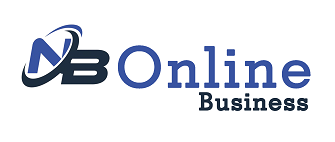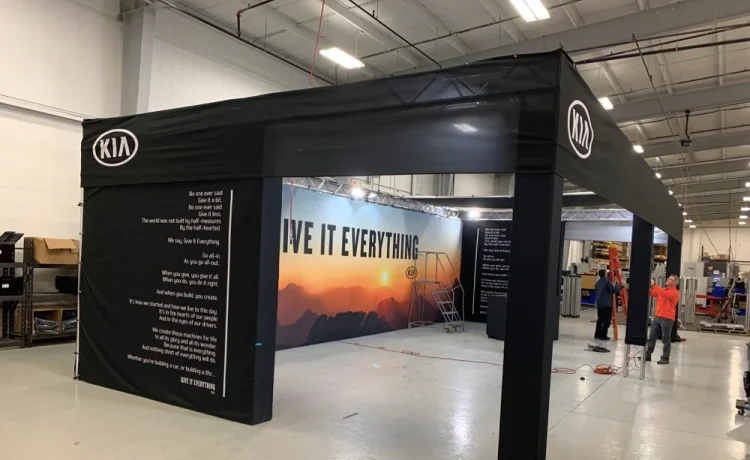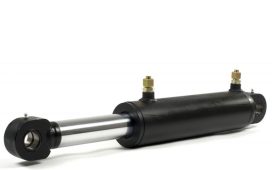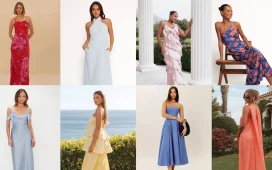When you walk into a trade show or expo, it’s hard not to notice the exhibits that dominate the floor. Some attract crowds instantly, while others go unnoticed. The difference often comes down to exhibit fabrication — the craft of turning a brand’s vision into a physical, interactive environment that people can’t resist exploring.
Exhibit fabrication is not just about constructing walls and hanging graphics. It’s about designing and building a three-dimensional marketing experience that draws attention, communicates your message, and encourages interaction.
Defining Exhibit Fabrication
In simple terms, exhibit fabrication is the process of designing, engineering, and building structures for trade shows, conferences, product launches, and other events. The process usually involves:
- Creative Design – Developing concepts that visually represent the brand.
- Engineering & Planning – Making sure the structure is safe, stable, and compliant with venue regulations.
- Material Selection – Choosing finishes that reflect the desired style and durability.
- Fabrication – Turning the design into a real, tangible structure.
- Installation & Dismantle – Assembling and taking down the exhibit efficiently.
Why Professional Fabrication Matters
First impressions at events happen fast — and they matter. A booth built with professional exhibit fabrication techniques instantly conveys credibility, attention to detail, and brand strength.
Here’s what a skilled fabricator brings to the table:
- Quality Craftsmanship – High-end finishes and precise construction.
- Functionality – A layout that encourages visitor flow and product interaction.
- Visual Impact – Designs that stand out in a crowded exhibition hall.
- Durability – Structures that can be reused for multiple events.
When your exhibit is well-built, it’s not just attractive — it’s a marketing tool that works even when you’re not actively selling.
Custom vs. Modular Fabrication
Your fabrication choice depends on your goals, budget, and event schedule.
- Custom Fabrication – Tailor-made to your brand’s needs. Offers maximum creativity and uniqueness.
- Modular Fabrication – Built from standardized components that can be rearranged and reused. Cost-effective and flexible.
Many companies opt for hybrid solutions, using reusable modular elements with custom focal points for maximum impact.
Trends in Exhibit Fabrication
The industry evolves constantly, influenced by technology, sustainability, and visitor expectations. Current trends include:
- Immersive Experiences – Using VR, AR, and interactive screens to create memorable moments.
- Sustainable Materials – Eco-friendly fabrics, recyclable metals, and energy-efficient lighting.
- Open and Inviting Layouts – Designs that remove barriers and encourage free movement.
- Storytelling Design – Every element communicates part of the brand’s narrative.
- Hybrid Event Features – Integrating live streaming and virtual access into physical booths.
The Sustainability Shift
As brands focus more on environmental responsibility, eco-conscious fabrication has become a priority. Popular sustainable strategies include:
- Modular designs to reduce waste.
- Reusable structures and display materials.
- Low-energy LED lighting systems.
- Locally sourced construction materials to cut transport emissions.
These approaches help protect the planet while appealing to environmentally aware audiences.
Maximizing Exhibit ROI
A great-looking booth is only valuable if it delivers results. To maximize return on investment:
- Train Your Staff – They should know how to engage visitors and capture leads.
- Add Interactive Elements – Demos, games, or sampling stations keep people engaged longer.
- Highlight Your Brand Story – Use visuals, signage, and digital displays to communicate clearly.
- Track Performance – Measure traffic, leads, and engagement to refine future strategies.
Choosing the Right Fabrication Partner
Not all fabricators are created equal. The best partners:
- Offer in-house design and construction for consistent quality.
- Understand industry regulations and safety codes.
- Have a portfolio of successful, creative builds.
- Provide full services from design to dismantle.
A good fabrication partner becomes an extension of your marketing team, helping you achieve both creative and business goals.
Final Thoughts
Exhibit fabrication is the backbone of a successful trade show presence. Done right, it transforms your brand from just another exhibitor into the event’s main attraction.






